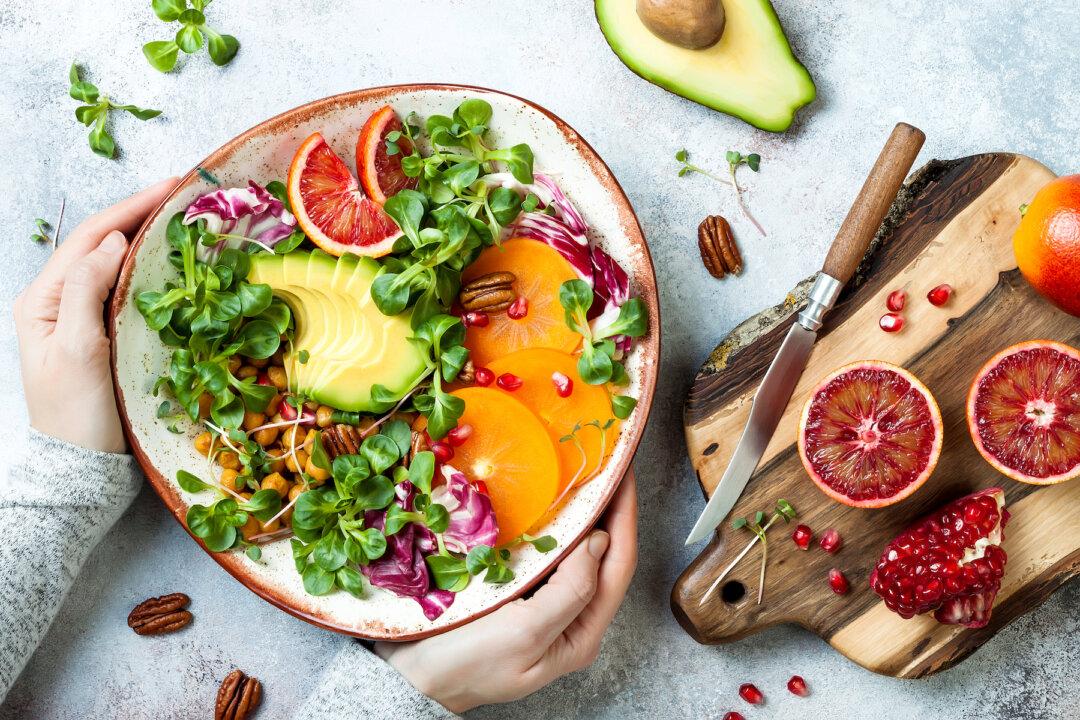Gout flare-ups can be triggered by food, so knowing what to eat and what to avoid can help you better manage your condition. Gout is a form of arthritis where uric acid crystallizes in small joints – commonly the large toe – causing redness, swelling, and severe pain. Uric acid is the product of the breakdown of purines, which are commonly found in many of the foods we eat. Eating large amounts of purine-rich foods can worsen your gout symptoms.
If you have gout, you can greatly benefit from following a gout-specific diet, as it can help you lower the rate of flare-ups and gout attacks and help you lose weight. Many gout patients are overweight, which is a risk factor for gout.





